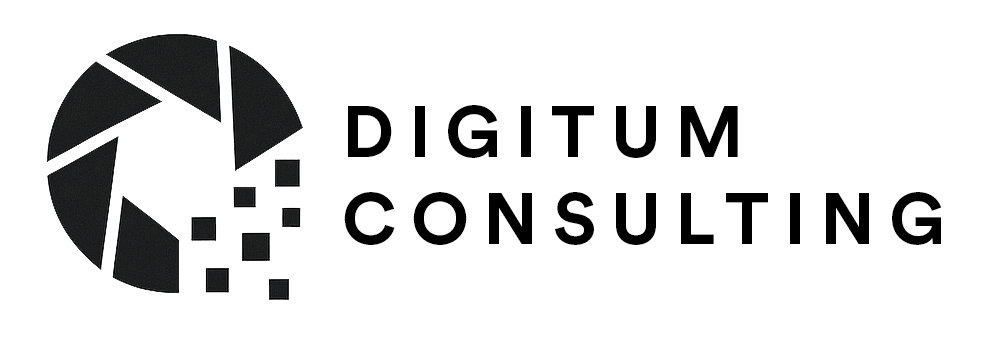Over the past few years, the word NFT (non-fungible token) has circulated widely in the world of digital art. After a spectacular media hype in 2021, the market slowed down, and many quickly concluded that the phenomenon was over. However, for photographers, NFTs represent a serious path for the future. Not necessarily to sell right away, but to prepare the ground and understand how these technologies could transform our relationship with images.
1. A new way to prove authenticity
NFTs are based on the blockchain, a public and tamper-proof ledger. When a photo is “minted” as an NFT, it is linked to a unique address that proves who created it and when. This can become a powerful tool to fight image theft and strengthen the trust of buyers, collectors, museums, or agencies. Coupled with Content Credentials, this type of certification could become a key standard in professional photography.
2. A way to create digital scarcity
In a world where images circulate without limits and copies are easy to make, NFTs offer a solution: creating digital scarcity. A photographer could decide that only 10 copies of a photo will exist as NFTs. This notion of scarcity, guaranteed by the blockchain, gives new value to digital images and opens up perspectives for collectors.
3. A direct link between the photographer and the audience
Today, intermediary platforms (stock agencies, galleries, publishers) capture a large part of the value and the client relationship. With NFTs, a photographer can sell directly to their audience, keep track of sales, and even benefit from automatic royalties on each resale. Imagine a photo purchased today by a collector and then resold in 5 years at a higher price: the photographer could automatically receive a percentage of that transaction.
4. A field of experimentation for the future
Let’s be realistic: the NFT market is still fragile and does not generate significant income for most photographers. But that’s no reason to ignore it. As often with new technologies, those who take the time to test, understand, and experiment today will be better prepared when the technology finds its place in common use. Museums, institutions, and major agencies are already paying attention: sooner or later, it will become an important part of the ecosystem.
5. Why get interested now?
- Because tools are evolving quickly (Lightroom, Photoshop, and other software already integrate Content Credentials and Web3 connectivity).
- Because photographers who get ahead in understanding NFTs will be ready when demand grows.
- Because it’s an opportunity to rethink the value of photography in the digital age.
NFTs are not a passing fad, but a technological building block that could transform the way we prove, sell, and collect photography. The current market is not yet mature, but it is precisely now that we must observe, learn, and experiment. That way, the day NFTs fully take their place, photographers who paid attention will already be prepared.
